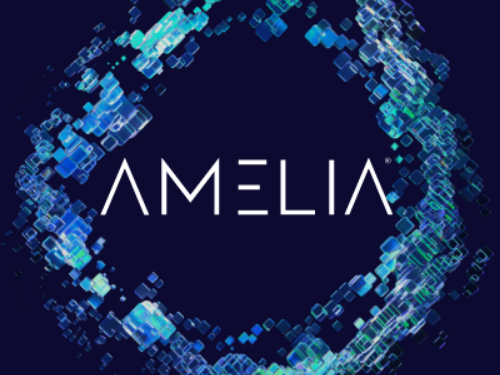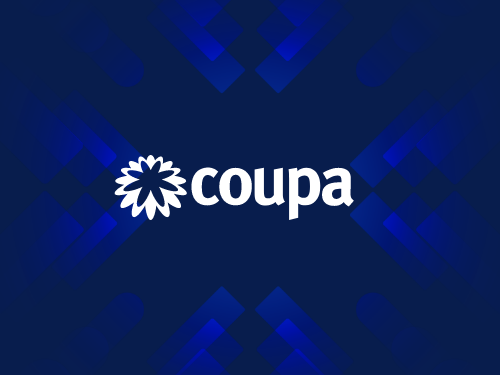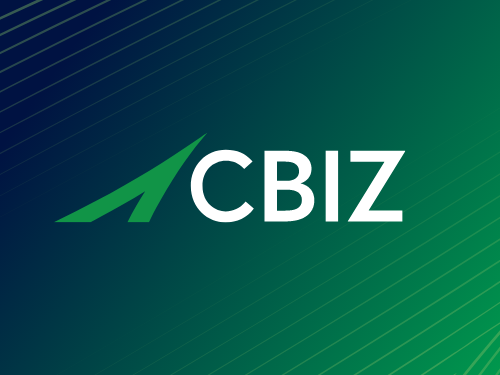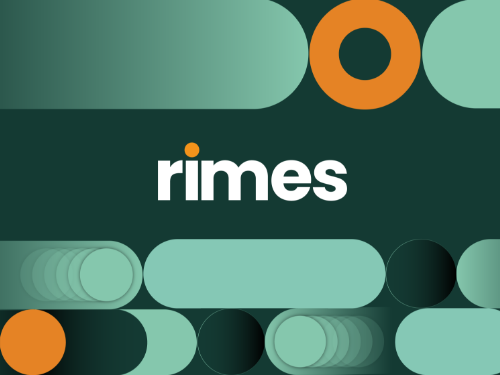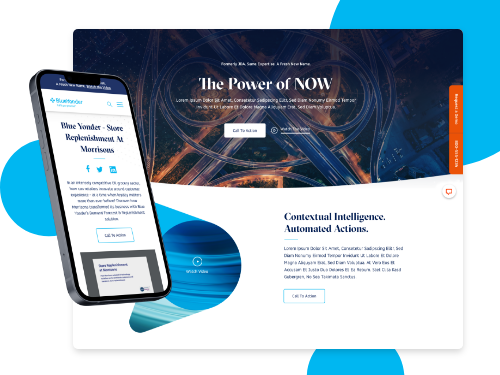For years, AI tools lived behind the scenes—powering analytics platforms, optimizing ads, and quietly improving operational efficiency. Today, that dynamic has changed. Modern AI has stepped directly into the creative process, giving marketers a new kind of collaborator: fast, tireless, endlessly iterative, and surprisingly insightful.
As content demands grow and campaign cycles tighten, many marketers are now treating AI like a creative intern. It helps spark ideas, draft early versions, and prototype visuals—while humans provide strategy, refinement, and the creative vision that brings everything together.
Why AI Works So Well as a “Creative Intern”
AI excels at producing ideas and content variations rapidly by recognizing patterns across millions of data points. It can spin up dozens of campaign angles, summarize complex topics, or propose creative directions in seconds. This speed removes early bottlenecks and frees marketers to focus on higher-value thinking.
AI is not a replacement for human creativity. It cannot intuit cultural nuance, brand voice, or strategic intent. When used as a supportive and exploratory partner, AI becomes a powerful extension of the creative team.
Jumpstarting Brainstorms With AI
The earliest phase of any campaign, finding the right idea, is often the hardest. AI can accelerate this process significantly. Marketers use it to surface themes, map audience needs, and generate thought starters across content types.
AI can produce headline lists, narrative frames, script angles, and unexpected conceptual twists. It provides volume and variety that helps teams explore a wider range of ideas before narrowing down to the strongest concepts. Using AI this way allows teams to reach alignment more efficiently.
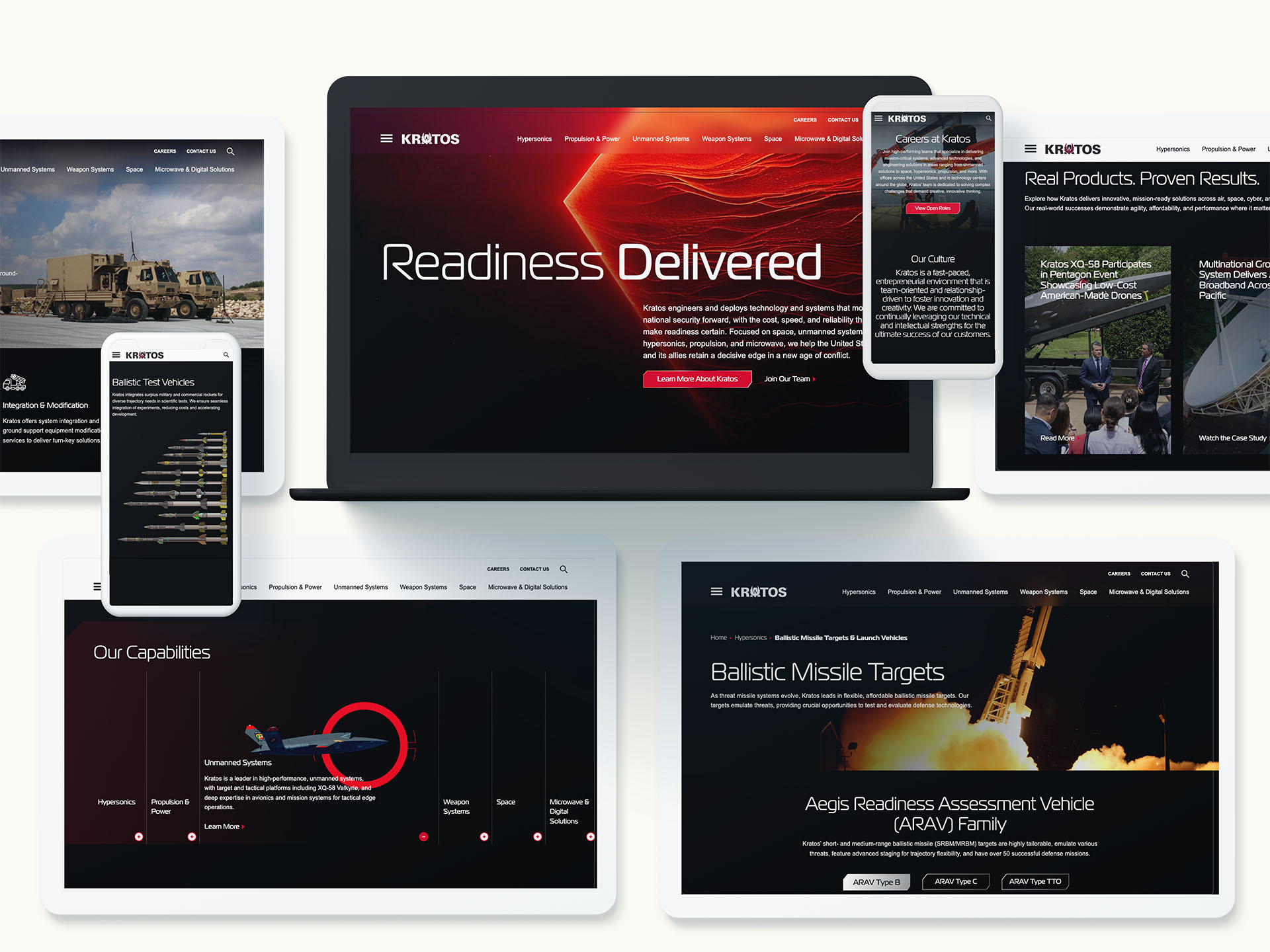
Drafting Content Quickly Without Sacrificing Brand Voice
AI is particularly effective at producing first drafts of marketing content, including blogs, emails, landing pages, and social posts. These drafts save time and make writing more efficient.
Human editors are still necessary to refine tone, ensure accuracy, and align messaging with the brand and audience. AI typically produces 60 to 70 percent of the work, and human craft brings it across the finish line. This combination increases content velocity while maintaining quality.
Visual Prototyping: From Ideas to Early Concepts in Minutes
Before committing to full creative development, teams often need to test concepts visually. AI image tools have become valuable for building quick prototypes, sketching layouts, exploring photography directions, experimenting with type styles, or imagining conceptual scenes.
These early mockups are not final deliverables. They serve as conversation starters that help creative directors, strategists, and clients visualize potential directions and iterate with confidence. AI enables teams to explore more directions in less time and with fewer constraints.
Where AI Adds Real Value and Where It Does Not
AI excels in tasks that require speed, iteration, and pattern-driven outputs. Idea generation, copy variations, exploratory visuals, and content repurposing all benefit from AI assistance.
However, AI should not replace decision-making in brand strategy, final creative production, or campaigns that involve sensitive topics. Human oversight is essential to maintain accuracy, originality, and brand integrity. The best results occur when AI supports human judgment instead of replacing it.
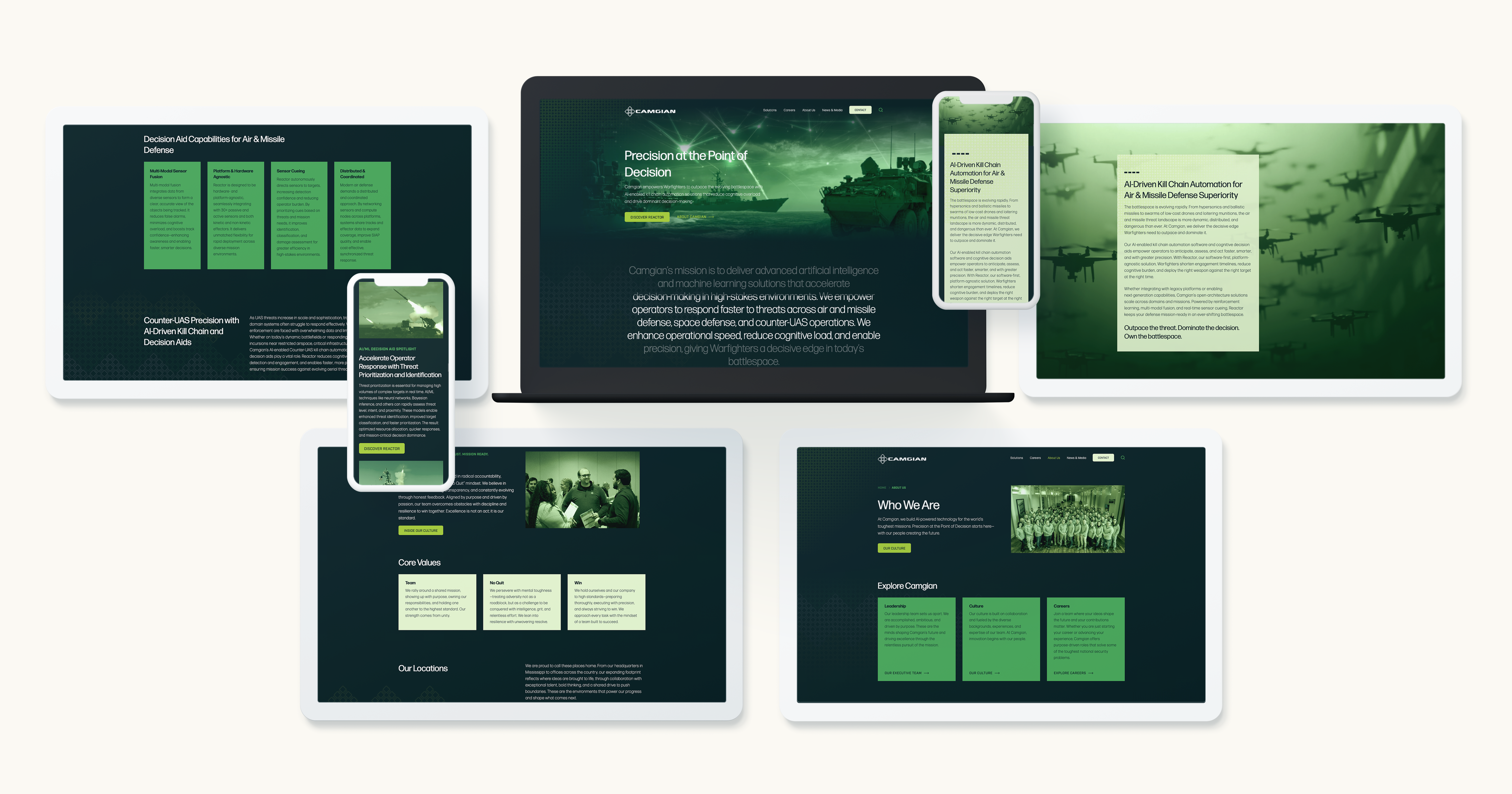
Operationalizing AI in the Creative Workflow
To consistently gain value from AI, marketers should develop deliberate processes, including reusable prompt libraries, role-based workflows, and clear review systems. Collaboration improves when strategists use AI for insight development, writers use it for first drafts, and designers use it for mood boards and prototypes.
The most successful teams treat AI as another member of the creative staff, one that requires direction, feedback, and quality oversight.
AI Elevates Human Creativity Without Replacing It
AI enables speed, scale, and exploration, but human creativity remains essential. Marketers bring cultural understanding, strategic clarity, and emotional intelligence, qualities AI cannot replicate. When AI handles repetitive and exploratory tasks, human creativity can focus on strategy, conceptual thinking, and final execution.
Teams that combine AI efficiency with human imagination are better positioned to produce smarter, faster, and more inventive content and campaigns.
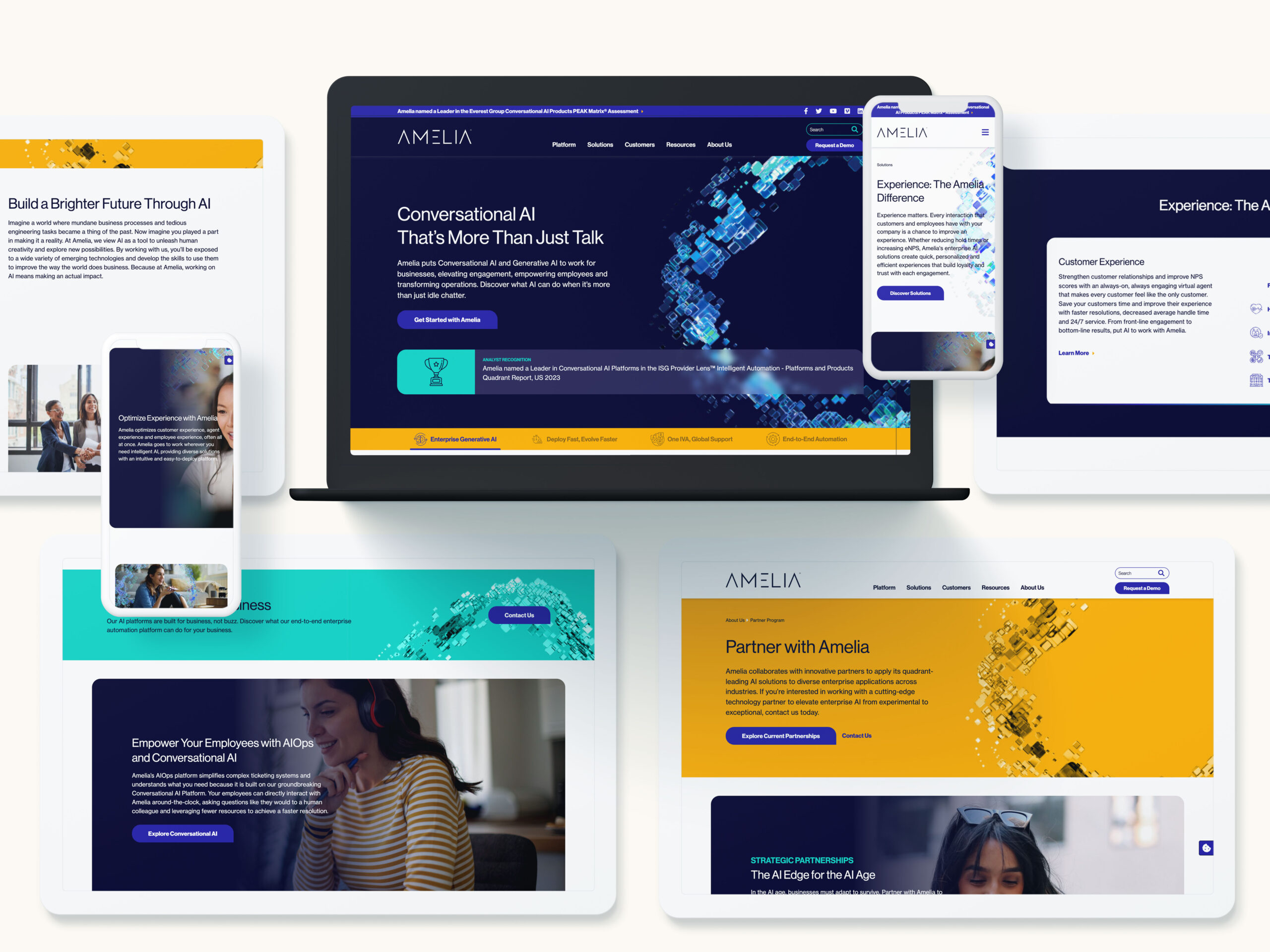
Ready to Integrate AI Into Your Creative Process?
Bluetext partners with brands to help them use AI responsibly and effectively across content development, creative workflows, and campaign execution. If your team is ready to work faster, smarter, and more creatively, we can help you get there.
